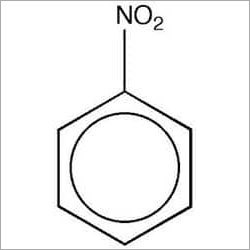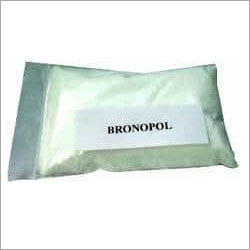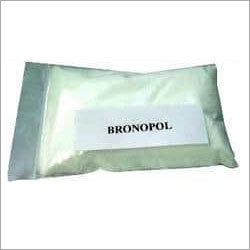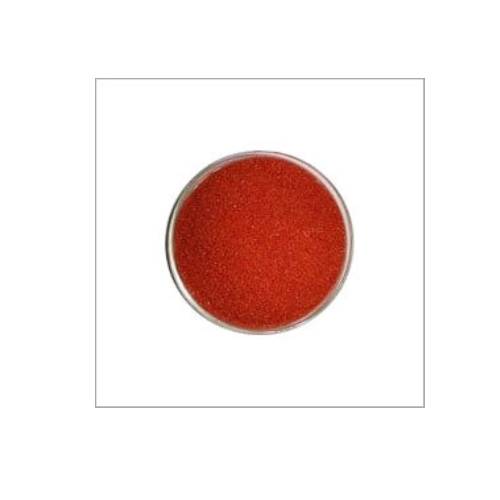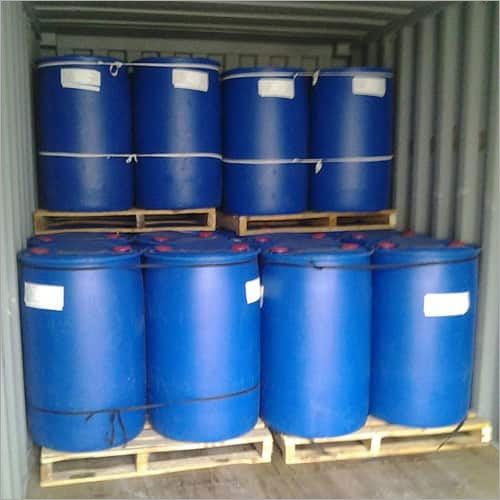Nitrobenzene Powder
Nitrobenzene Powder
With the immense support of our team of diligent professionals, we are providing Nitrobenzene that is an inorganic compound. This chemical is used as a solvent, specially for electrophilic reagents in various industries for dyes (particularly azo dyes), pesticides, explosives, and pharmaceuticals products.
The offered chemical is precisely formulated by nitration of benzene with a mixture of concentrated water, sulfuric acid and nitric acid with the help of latest techniques under the supervision of our experts. This Nitrobenzene is available for our esteemed clients as per their demands in various packaging options and can be availed at affordable rates.
Product Details:
- Classification : Absorbent
- Application : Agriculture
- Physical State : Liquid
- Release Type : Quick
- Product Type : Liquid
- Storage : Cool & Dry Place
- Minimum Order Quantity : 10 Bottle
- Dosage : 30-35 ML Per 15LTR Water
Nitrobenzene Properties:
1. Chemical Structure: Nitrobenzene consists of a benzene ring (C6H6) with a nitro group (-NO2) attached to it.
2. Physical State: Nitrobenzene is a pale yellow oily liquid at room temperature. It has a characteristic odor resembling that of bitter almonds.
3. Density: The density of nitrobenzene is approximately 1.20 g/cm3.
4. Melting Point: Nitrobenzene has a melting point of 5.7 degree centigrade.
5. Boiling Point: The boiling point of nitrobenzene is around 210 degree centigrade.
6. Solubility: Nitrobenzene is sparingly soluble in water, but it is soluble in organic solvents such as ethanol, ether, and acetone.
7. Reactivity: Nitrobenzene is relatively stable under normal conditions, but it is reactive towards reducing agents. It can undergo various chemical reactions such as nitration, reduction, and halogenation.
8. Toxicity: Nitrobenzene is toxic and can be absorbed through the skin, inhalation, or ingestion. It affects the central nervous system and can cause symptoms such as headache, dizziness, nausea, and cyanosis. Prolonged exposure can lead to more severe health effects.
Nitrobenzene Powder Applications:
1. Explosives: Nitrobenzene can be used as an ingredient in the production of explosives such as TNT (trinitrotoluene). Powdered nitrobenzene may be utilized in the manufacture of TNT or other explosive compounds.
2. Pyrotechnics: Nitrobenzene powder can be employed in pyrotechnic compositions to produce various colors and effects in fireworks and other pyrotechnic devices.
3. Chemical Synthesis: Powdered nitrobenzene may serve as a precursor in organic synthesis reactions to produce various chemicals, pharmaceuticals, and dyes.
4. Pesticides: Nitrobenzene is utilized as a fumigant in some pesticides. Powdered nitrobenzene could potentially be incorporated into pesticide formulations or used in the development of new pesticide products.
5. Research and Development: In laboratory settings, nitrobenzene powder may be used as a reagent or starting material for experimental purposes, particularly in organic chemistry research and development.

